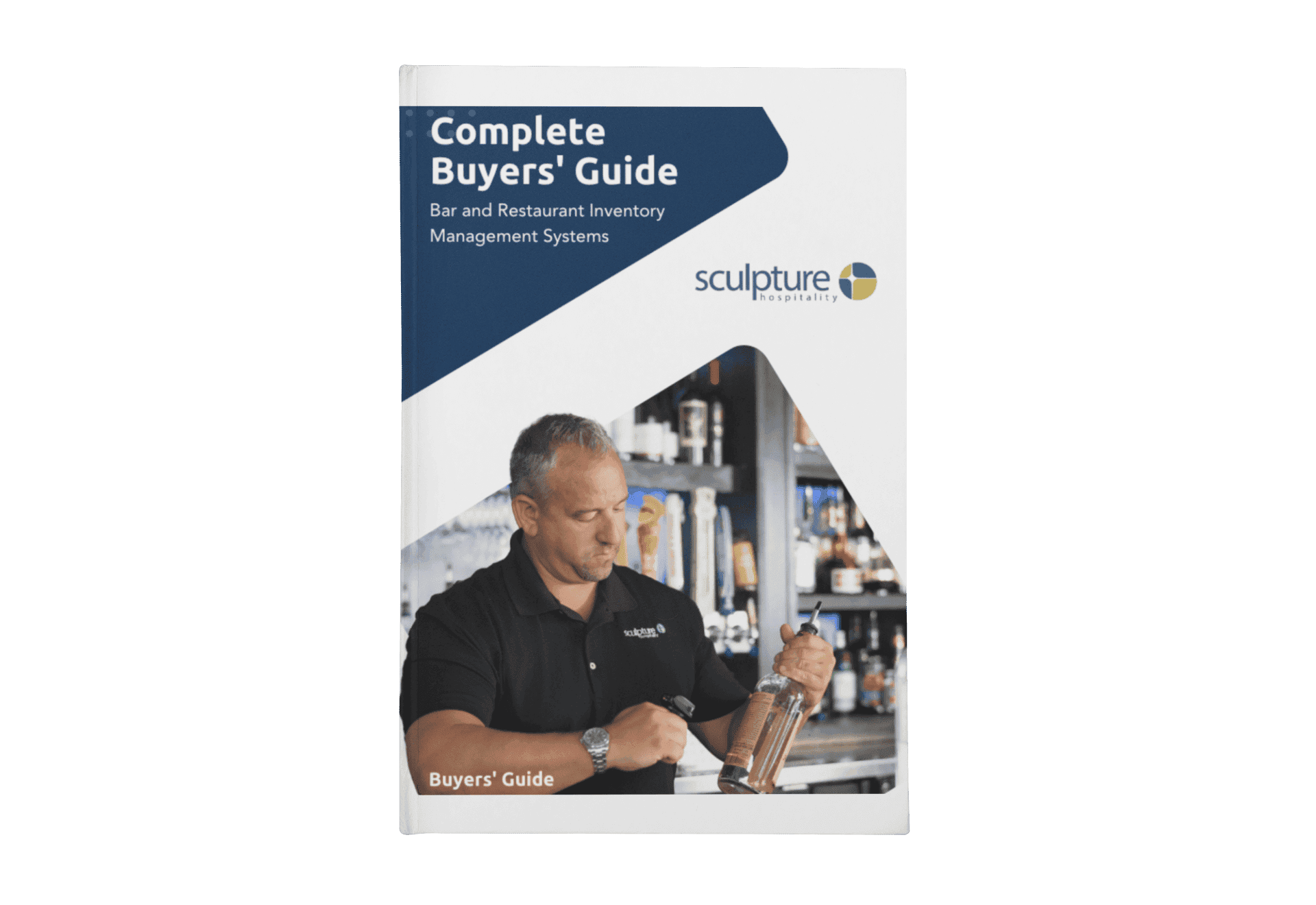Restaurant inventory management is a process that helps your business monitor the food and beverage products that you have coming in and going out of your restaurant on a weekly, monthly or quarterly basis.
By monitoring your food inventory effectively, your restaurant will be able to realize a number of benefits. These include improved profitability, reduced spend, smarter ordering decisions, better insight into the best and worst inventory performers, finding where you are missing money through lost stock and much more!
With around 25 to 35 percent of a restaurant’s operating budget dedicated to purchasing food, proper inventory management can significantly improve expected revenue.
In this blog, we’re going to take a look at how your restaurant can improve its profitability by using inventory management to improve your order purchases. Here are five ways you can improve food and drink inventory purchases through better inventory management.
1 - Accurately weight/count inventory and track it
To gain visibility and control of your restaurant’s inventory, it's absolutely crucial that you take accurate counts during specific time periods. The most effective way to take inventory in your restaurant is to conduct a weekly count/weigh all items in stock, and then compare this data to point-of-sale (POS) data and purchase orders.
While many restaurants are still using manual spreadsheets for this process, the best (and only real accurate) way of counting your inventory usage is through the use of a food and beverage inventory management system.
Restaurant inventory management software will integrate with your POS system and automate all of your inventory management processes in one centralized location. By uploading inventory counts, you’ll receive insightful reports that can help you reduce food waste, design more profitable menus, optimize stock on-hand levels and make smarter ordering decisions.
2 - Ensure you have complete clarity of your purchases
Successful inventory management requires knowledge of how much inventory you are using during your inventory period, but also how much of each product you are buying during that period of time as well.
Being able to accurately predict inventory usage and using this data to guide your ordering processes will help your restaurant to avoid overordering. That means you’ll be able to limit the number of deadstock or slow-moving items in your inventory, and, in turn, boost your bottom line.
3 - Order inventory based on historical usage trends
To truly understand how much of each product your restaurant needs to order, it’s crucial that you understand your restaurant’ inventory usage. This is the amount you use of each product during your restaurant inventory accounting period.
With a clear analysis of how much inventory your restaurant is using each accounting period, through the use of insightful historical usage trends, you will be able to build a purchasing strategy that focuses on your top revenue-driving performers.
Looking for more information? Check out our blog ‘How to Calculate Your Bar or Restaurant Inventory Usage’.
4 - Find out what your PAR level is from inventory usage
You can actually take the inventory usage data that we discussed above to improve your purchasing strategy even further. You can go one step further by finding your periodic replacement (PAR) level for each product in your inventory.
PAR level represents the minimum amount of any product in your bar that you should keep in stock at all times to meet customer demand, and this guides your purchasing. For example, if you use 1.5 bottles of Absolut Vodka in each inventory period, then your PAR level would be 2 since you can’t buy half bottles (plus you need a buffer anyway in case of unaccounted for demand).
5 - Use analytics to find out your product cost fluctuation
Ever wondered how much you were paying for a product from your suppliers six months ago? This is actually an important analytical tool that could help your restaurant identify where it may be overpaying for items.
A new feature to the recently-launched Sculpture Hospitality Dashboard, the Product Cost Fluctuating Report gives your restaurant complete visibility into how much you are paying for a product compared to the price you were paying for that product in the past, as well as a breakdown of when and how those prices changed. This could help your restaurant save a significant amount of money.
Need more help to improve your restaurant’s purchasing strategy? The Sculpture Hospitality team of beverage and food inventory management experts would love to help. Get in touch with us today.

.jpg)









